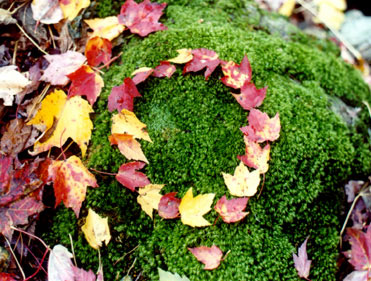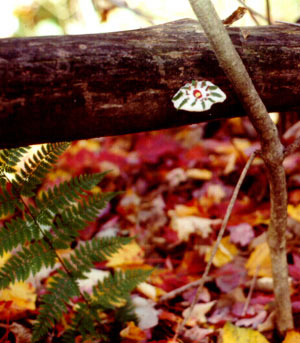Green Mountain National Forest


Maple Circle, by Carol Harley In Vermont, according to the USDA Forest Service, the National Forest System Lands consist of 376,000 acres. Inventoried Roadless Areas consist of just 25,000 acres. According to Forest Watch, "The volume of wood logged annually from the GMNF amounts to about 1 percent of the total volume of wood logged in Vermont....In 1999, the logging-generated revenues provided by the US Forest Service to Vermont towns with national forest land amounted to only 2 tenths of 1 percent of the townsí total municipal and school budgets."
In the northeast part of the state, land has recently been set aside for conservation. In March, 2000, The Conservation Fund and The Vermont Land Trust bought 133,000 acres from Champion International: 26,000 acres added to Silvio O. Conte National Wildlife Refuge; 16,500 acres as a gift to the Vermont Agency for Natural Resources; 5,600 acres held by The Conservation Fund and intended for transfer to the state depending of the availability of funding; the remaining 84,000 acres as working forests with easements to insure public access.
